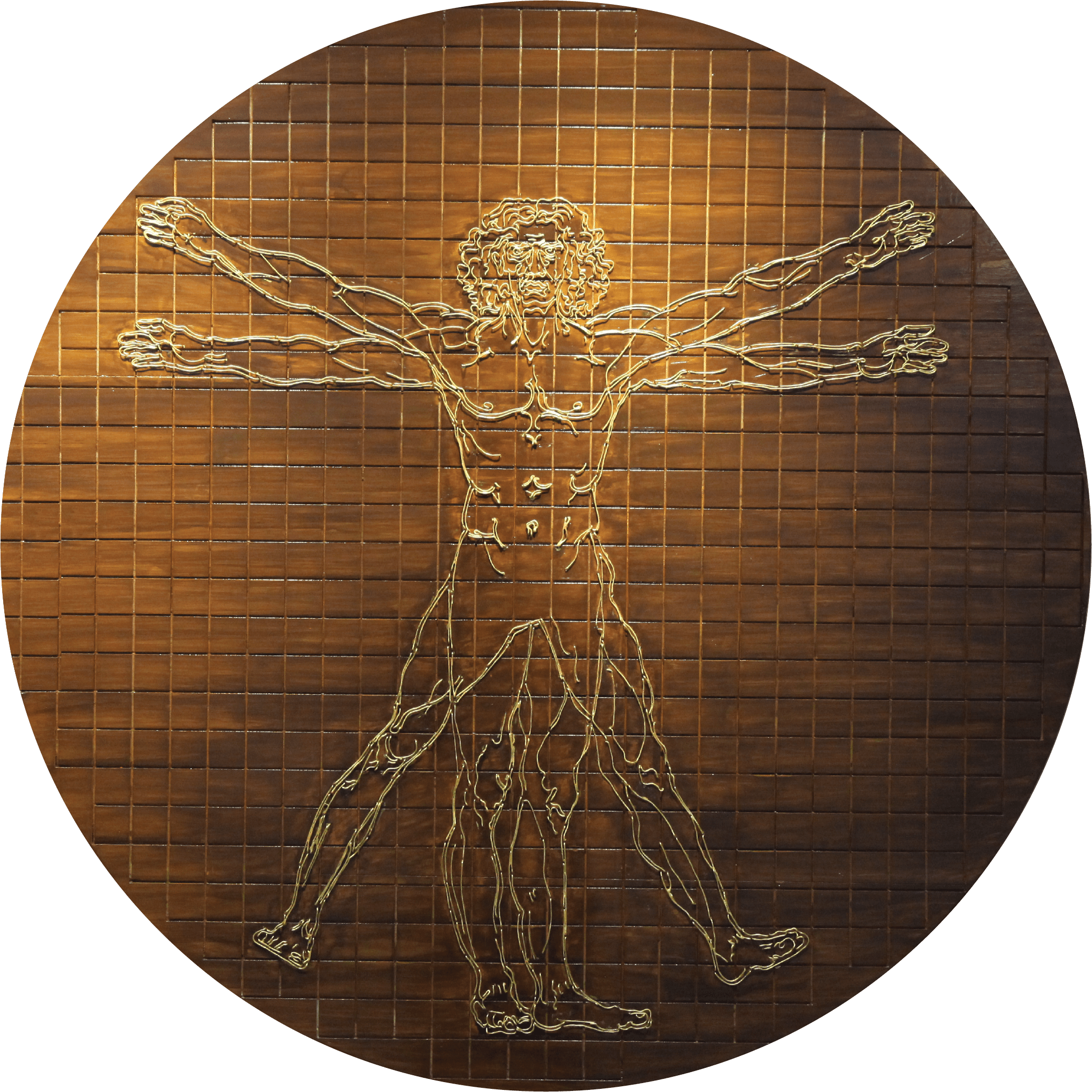THE MEANING OF THE MAN: A MODEL OF HUMANISTIC ENGINEERING
Virginia Tech, USA seeks to become one of the world’s top research institutions as well as a center of learning and discovery across the world. India is one of the countries strategically selected to help advance Virginia Tech’s global vision. To this end, Outreach and International Affairs, along with the Institute for Critical Technology and Applied Science at Virginia Tech, established a roadmap to promote global interdisciplinary research and education. An outcome was the founding of the Virginia Tech India Research and Education Forum, a nonprofit entity situated in Chennai. (The entity is also known as VT India*). It is expected that VT India will become a world-class provider of higher education and research opportunities empowering the next generation of graduates to step up to global challenges and carve out solutions to a host of problem facing humanity. *Section 8 of the Companies Act of India VT India aims to be a premier institution advancing transformative research, education, and lifelong learning and promoting economic development that improves quality of life and preserves natural resources. On October 1, 1872, Addison “Add” Caldwell walked 26 miles from Craig County to enroll as the first student at Virginia Agricultural and Mechanical College. Ever since then, Virginia Tech has been fulfilling its role as a leading land-grant university. The tiny college, originally housed in the old Olin and Preston Institute near what is now Alumni Mall, has grown into a world-class university. Duncan Lyle Kinnear, author of The First 100 Years, the centennial history of Virginia Tech, wrote in the introduction about how he was approached by Dr. Wilson Bell (’34), director of university development, with the suggestion that he write “a ‘brief history of VPI, popular in nature, for the upcoming Centennial.’” Kinnear resisted but after a meeting with a group of administrators he gave in, persuaded because “Dr. G. Burke Johnston, former dean of the college of arts and sciences, and currently Miles Professor of English, had agreed to edit the manuscript if I wrote it.” Kinnear still expressed trepidation about the project because the number of living alumni, retired faculty, and “the thousands of descendants of earlier staff and alumni” would have their own versions of VPI history. Kinnear was concerned about how those remembrances and interpretations of events would be different from anything he might write. “A moment’s reflection, however, quickly reminded me that such differences would exist no matter who wrote the history. With this consoling thought in mind I have recorded what Dr. Burke Johnston says might be called ‘a partial history of VPI.’” It is coming up on 50 years since Kinnear’s 500-page volume was published, wrapping up partway through the presidency of T. Marshall Hahn and marking the act to change the name of the institution to “Virginia Polytechnic Institute and State University.” Much has transpired since then, adding to the long history and traditions of the institution. This site is but a small attempt to collect “a partial history of VPI.” Virginia Polytechnic Institute and State University officially opened on Oct. 1, 1872, as Virginia’s white land-grant institution (Hampton Institute became the commonwealth’s first black land-grant school). During its existence, the university has operated under four different legal names. The founding name was Virginia Agricultural and Mechanical College. Following a reorganization of the college in the 1890s, the state legislature changed the name to Virginia Agricultural and Mechanical College and Polytechnic Institute, effective March 5, 1896. Faced with such an unwieldy name, people began calling it Virginia Polytechnic Institute, or simply VPI. On June 23, 1944, the legislature followed suit, officially changing the name to Virginia Polytechnic Institute. At the same time, the commonwealth moved most women’s programs from VPI to nearby Radford College, and that school’s official name became Radford College, Women’s Division of Virginia Polytechnic Institute. The Commonwealth dissolved the affiliation between the two colleges in 1964. The state legislature sanctioned university status for VPI and bestowed upon it the present legal name, Virginia Polytechnic Institute and State University, effective June 26, 1970. While some older alumni and other friends of the university continue to call it VPI, its most popular—and its official—nickname today is Virginia Tech. Virginia Tech
India Center for
Advanced Research and Education
Virginia Tech India Research and Education Forum (VTIREF) is a Not for Profit institute duly registered in India under Section 8 of the Companies Act 2013, affiliated to Virginia Polytechnic Institute and State University, Blacksburg, VA, USA. In an increasingly connected world, Virginia Tech is committed to being a global Center of learning and an inviting place for faculty and students from around the world to engage in collaborative Learning, Research and Innovation as well as Cultural Exchange.
Michel Wood, Author, The Story of India, a BBC history series
“Home today to more than a fifth of the world’s population, the subcontinent gave birth to the oldest and most influential civilization on Earth, to four world religions, and to the world’s largest democracy.”
VISION
MISSION
History and Traditions


